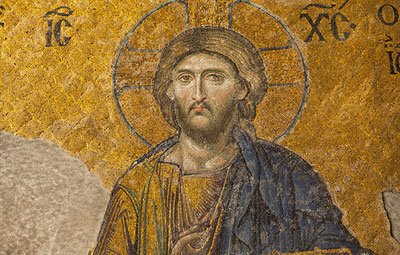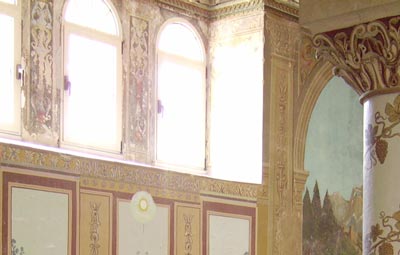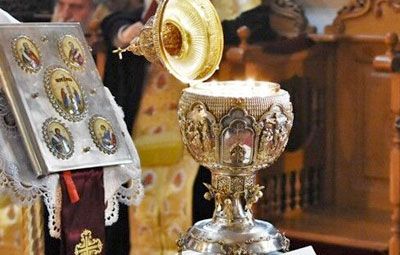The Holy Monastery of Saint Gerasimos of the Jordan
One of the oldest Monasteries of Palestine is the Holy Monastery of Saint Gerasimos of the Jordan, which was built in 455 by Saint Gerasimos himself. Saint Gerasimos came from the town Myra of Lycia. His presence was fundamental in the monasticism of Palestine, combining the anchorite with the coenobitic monasticism. The monastery is built on the south-east valley of Jericho. The exact place of Christ’s baptism, as well as the Dead Sea is nearby, the place where the ancient cities Sodom and Gomorra used to be.
The monastery stands majestically 400 metres above the surface of the Mediterranean Sea. On its north side there is a three-aisled church dedicated to Saint Gerasimos, Saint Euthymios, Saint Zosimas and Saint Mary of Egypt. All interior decoration is dated back to the 12th century. On the ground floor under the church there is another smaller one, dedicated to the Holy Family’s escape to Egypt when persecuted by King Herod. According to the tradition, the Theotokos with Christ as baby and Saint Joseph were accommodated for a short while in that place and the following incident happened. That was also the hiding place of a chief bandit. He threatened the other bandits not to harm that family or else they would deal with him. In the evening Theotokos bathed Christ. The chief bandit’s wife took the used water and bathed her ill son with it. The child was instantly healed. It is said that that boy was the bandit who was crucified on Christ’s right hand side and was granted life in Heaven. That area is also called the area of the grouse (Deir Jajla). It received that name after the Theotokos. When people saw her passing by they said she walked like a grouse. Someone characteristically said “this woman is so beautiful! If there is a Mother of God it must be her”.
With the Persian army’s raids in 614 the monastery was destroyed and was not rebuilt until the beginning of the 9th century. Today’s monastery is built above the ruins of another important monastery known as the “Lavra of Kalamonos”, which was founded by desert anchorites at the time of Saint Helen and was considered to be the oldest monastery of Palestine. One of the many monks of the Lavra was Saint Savvas, who stayed there before he founded his own Lavra. The Lavra was continuously inhabited until the 12th century, when it was refurbished by the Emperor Manuel Komnenos. Today’s Monastery of Saint Gerasimos was built on top the ruins of the 19th century monastery. The Saint’s memory is celebrated on 4th March, always within the period of Great Lent, the time of lamentation and contrition which the Saint so much loved all his life. He is always portrayed with a lion, which having been cured by the Saint became his loyal and inseparable novice, helping him with the workload of the monastery. This is how God glorifies those who glorify Him in their lives.
The river Jordan
The river Jordan is the renowned river of Palestine and the most famous of the Holy Land. The name Jordan is Hebrew from the word “iarden” meaning going down, fall. Three co-joined rivers comprise this most historical river. These three rivers form the lake of Gennesaret or sea of Tiberias. Sprouting from it, the river Jordan forms many streams and smaller rivers which conclude into the Dead Sea.
Apart from the significant role in the financial growth of Palestine, the river was associated with many religious and historical events. The twelve Tribes of Israel were separated at the river banks before they entered the Promised Land in order to live there. The Essenes founded their community near the river some 200 years before Christ’s era, and Saint John the Baptist came at the east side of the river to preach repentance and baptize the people of Israel.
Christ Himself was baptized on the waters of the river making it the holiest of the Christian Shrines since then. During the 3rd century the south part of the river opposite Jericho was established as the baptism site of Christ. The Church Fathers, especially Origen, Eusevios, as well as the map of Madaba, place the baptism site nearby Bethabara, which means crossing. The baptism site is also matched with the place where Prophet Elijah ascended into heaven. Pilgrims can also see the “cave of Prophet Elijah”.
The Pilgrims’ baptism at the river Jordan has been established since the beginning of the Christian time, while the water, the holy water, is transferred to all Christian places worldwide. The pilgrims who are baptized at the “walking site” are bestowed the title “Hatzides”.









